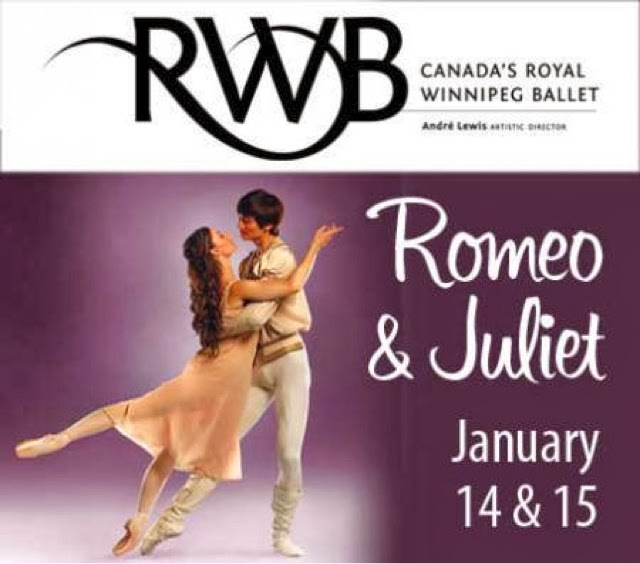As many of you know, I've been doing some more experimental work, which this summer has taken the form of my popART series of immersive installations. Earlier this year saw part one take place in a darkened alley during Winnipeg Fringe and featuring the work of Pixel Pusher and John Norman. For the second installation in the series, I have partnered with Ali Khan and jaymez to create a space we call Intersection.
Intersection: Images on unfamiliar surfaces. Sounds in unfamiliar spaces created on unfamiliar instruments. A familiar yet unfamiliar space. Join us for the second in Kendra Jones’ popART series of curated installations merging music, video, and performance with music created live by Ali Khan, and multi-surface video projection by jaymez.
The installation will be at the intersection of Graham and Edmonton, in the outdoor plaza in front of the Royal Winnipeg Ballet building at 380 Graham Avenue. Combining the live electronic music creation of Ali Khan with the live video mapped projections from jaymez we will envelope the angular and hard-edged architecture of the space with light and sound that is continually being created and changing. You can come for a short while, for a longer period, or come and go, and the intersection of the space, the music, and the projections will enhance and elevate each of the individual components.
Come check us out from 9pm on Nuit Blanche. And tell your friends!
With all of these installation projects, one of my main goals is to re-define expectations for our interaction with art and theatre, and to challenge us to notice the inherent theatricality of events and spaces we pass by daily.
Also, this will be one of my last projects in the 'Peg for awhile. . . so it would be fantastic to have your support.
popART: Intersection is an official "Illuminate the Night" selection for Nuit Blanche Winnipeg and Culture Days Manitoba.
Intersection: Images on unfamiliar surfaces. Sounds in unfamiliar spaces created on unfamiliar instruments. A familiar yet unfamiliar space. Join us for the second in Kendra Jones’ popART series of curated installations merging music, video, and performance with music created live by Ali Khan, and multi-surface video projection by jaymez.
The installation will be at the intersection of Graham and Edmonton, in the outdoor plaza in front of the Royal Winnipeg Ballet building at 380 Graham Avenue. Combining the live electronic music creation of Ali Khan with the live video mapped projections from jaymez we will envelope the angular and hard-edged architecture of the space with light and sound that is continually being created and changing. You can come for a short while, for a longer period, or come and go, and the intersection of the space, the music, and the projections will enhance and elevate each of the individual components.
Come check us out from 9pm on Nuit Blanche. And tell your friends!
With all of these installation projects, one of my main goals is to re-define expectations for our interaction with art and theatre, and to challenge us to notice the inherent theatricality of events and spaces we pass by daily.
Also, this will be one of my last projects in the 'Peg for awhile. . . so it would be fantastic to have your support.
popART: Intersection is an official "Illuminate the Night" selection for Nuit Blanche Winnipeg and Culture Days Manitoba.


